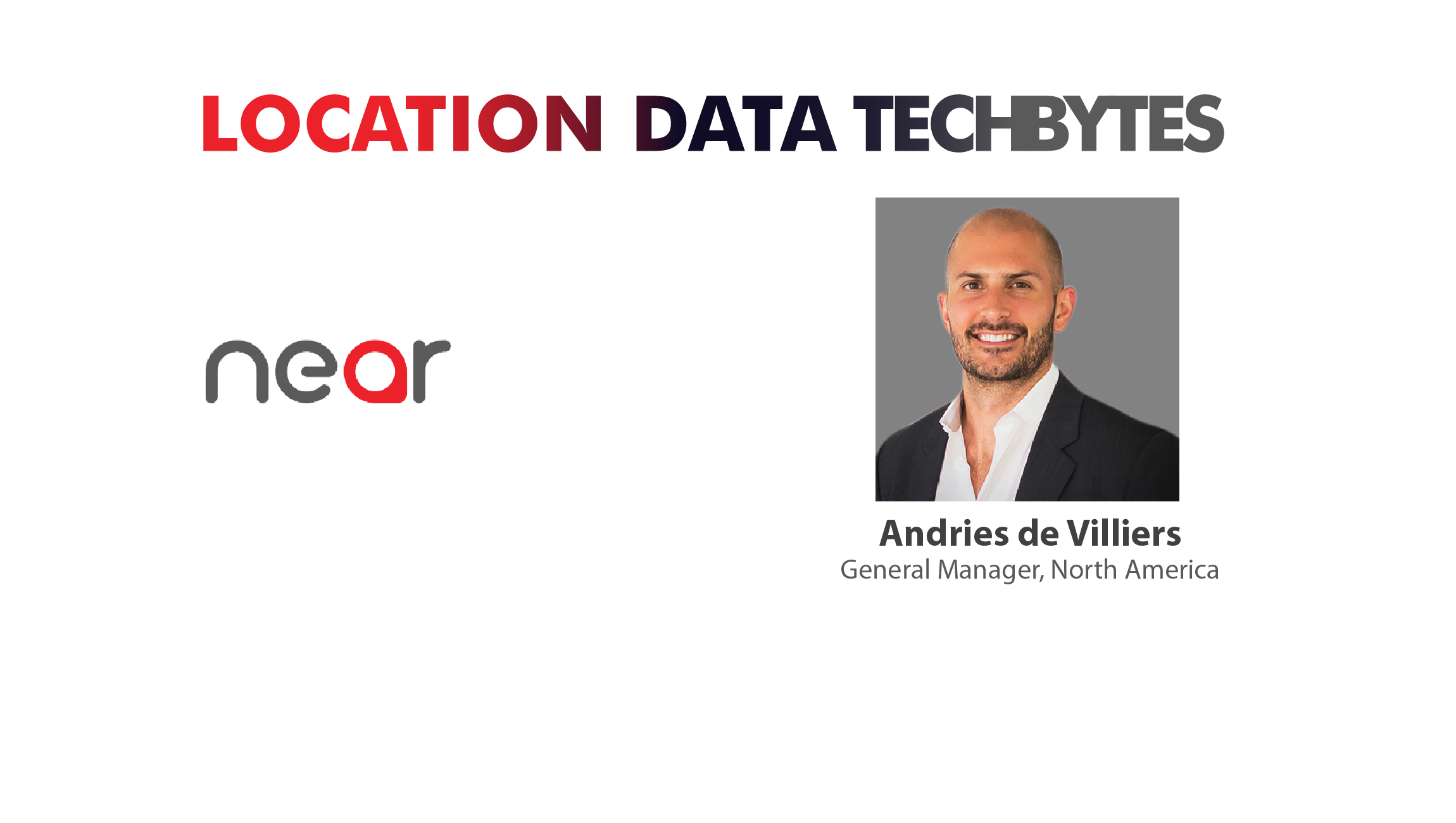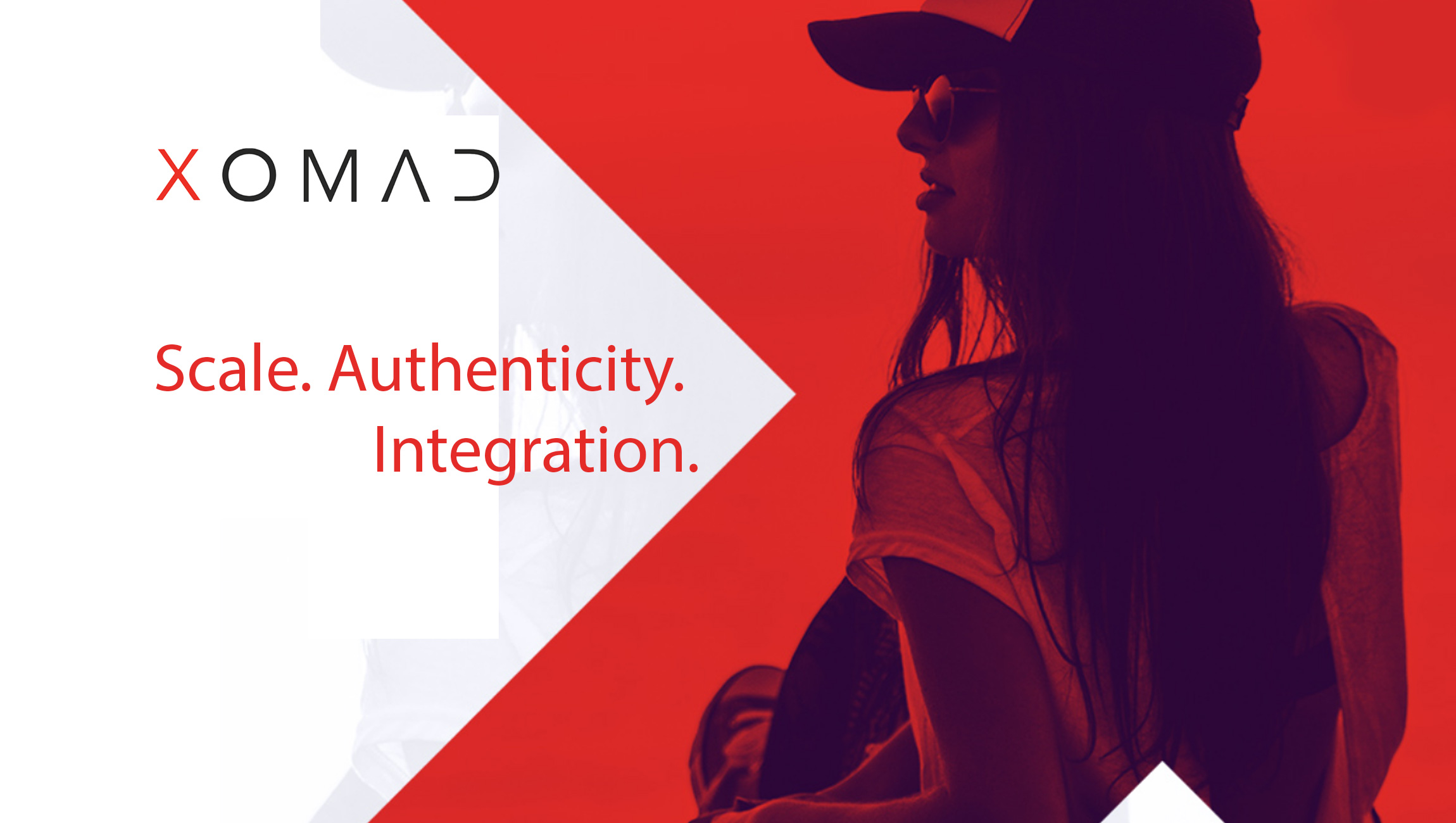Andries de Villiers
General Manager, Near
Location data is turning out to be the latest tool for marketers to target customers online and offline more effectively. Near is one of the most powerful Ambient Intelligence Platform providing real-time information on places, people and products. We spoke to Andries de Villiers, General Manager, Near to understand how location data can help brands better connect with their customers.
Html code here! Replace this with any non empty text and that's it.
MTS: Tell us a bit about your role at Near and how you got here?
Andries de Villiers: After graduating with a Finance degree from Wake Forest University, I started my career in fixed income derivatives – specifically as an analyst valuing CDS basis swaps. A year into my career, I had the opportunity to join an ad tech start-up with a small team of five people, which we grew to over 150 in six years before I left to lead Outbrain’s US enterprise business.
During my three years at Outbrain, I saw incredible demand for large-scale unique data, but more importantly, Data Science as a Service (DSaaS). Major agencies and brands would say to us; ‘Can we access the Interest Graph that powers Outbrain’s algorithms to better understand our target audience?’ It was this opportunity in the market that crystalized my desire to go all-in on data science.
I wanted to join a company that is pushing the limits on the types of data that can be incorporated directly into a variety of business models. Near has built an enterprise-class product for clients to access and augment their own data with Ambient Intelligence, as well as back-end APIs to fully integrate into the client’s existing data infrastructure.
Ultimately, I am a guy who embraces proprietary technology that is flexible and can continue to evolve with our client’s needs.
MTS: What factors go into ‘location as a single identifier’?
Andries: Location is at the core of Allspark, Near’s SaaS Audience Product. Location is the data set that the company offered first, and was harnessed by marketers primarily for targeting and online-to-offline attribution.
Today, Near’s platform uses location to connect all forms and sources of data. For example, Allspark is able to layer weather and traffic data in the vicinity of Madison Square Garden, while also identifying that the event is a Miley Cyrus concert as opposed to a Ranger’s game. This provides our clients with context and color to the location signals generated by the 18,000 fans in the arena from 7-10pm tonight.
We are data source agnostic, which allows us to have far better precision due to the varying types and providers of data we work with. The more data partners we add to the platform, the smarter the analytics we are able to provide. By constantly incorporating new forms of data, we further enrich the analytics and ultimately bring the environment into focus.
It’s also important to mention the first step in our data processing, which is the unification of the many device IDs that are connected to Near’s platform. For example, in my bag I have a Macbook Pro, an iPhone, as well as an iPad. As each of these devices can be seen across GSM, GPS and Wi-Fi access points, we would overcount my visit by three if we were unable to accurately assign all of these devices to my single user record.
MTS: How does your offering integrate with marketing data management platforms?
Andries: Our legacy business is in providing location intelligence to brands and agencies for marketing in the right place and at the right time. Therefore we have a full-stack marketing platform built directly into our product, as well as a real-time API to export audiences to the major DSP/DMPs of the marketer’s choice.
MTS: How does Near’s AI platform provide marketers with competitive intelligence and analytics?
Andries: The first example that comes to mind is a large hospitality group that has a significant loyalty program with millions of members. They have properties in most major markets, but are constantly seeking the next best location to develop or acquire a hotel. Historically, they would rely on online search behavior for locations across their booking system that did not return hotel listings from their portfolio. This was based on a look-back period and failed user experience versus using Near’s machine learning to predict the right locations to develop new properties.
Near started by onboarding their loyalty member IDs, enriched their first-party data, and visually displayed the travel and hotel stay patterns of their most valuable customers. This type of report is great as initial insight, but the ability for them to segment and drill down on the data in real-time means they can always be ahead of the competition in market development, competitive selling, as well as operational efficiency.
MTS: As head of the New York office, what is your forecast for the AI/ML industry over the next five years?
Andries: There is an explosion of data being generated by the proliferation of devices. Gartner reports that there are 8 billion devices in the world today (31% increase YOY) and there will be 20 billion by 2020. Large organizations that embrace these new data sources, backed by a powerful platform and data science partner, will be able to make significant strides ahead of their competition.
We will start seeing semi-automated cars on major interstates and highways, relieving major congestion in urban areas during commuting hours. We will also have more access to open source AI/ML from the likes of Apple, Google, Amazon, among others.
And hopefully, in the next five years, Alexa and Siri might actually be able to understand me!
MTS: Thanks for chatting with us, Andries.
Stay tuned for more insights on marketing technologies. To participate in our Tech Bytes program, email us at news@martechseries-67ee47.ingress-bonde.easywp.com











